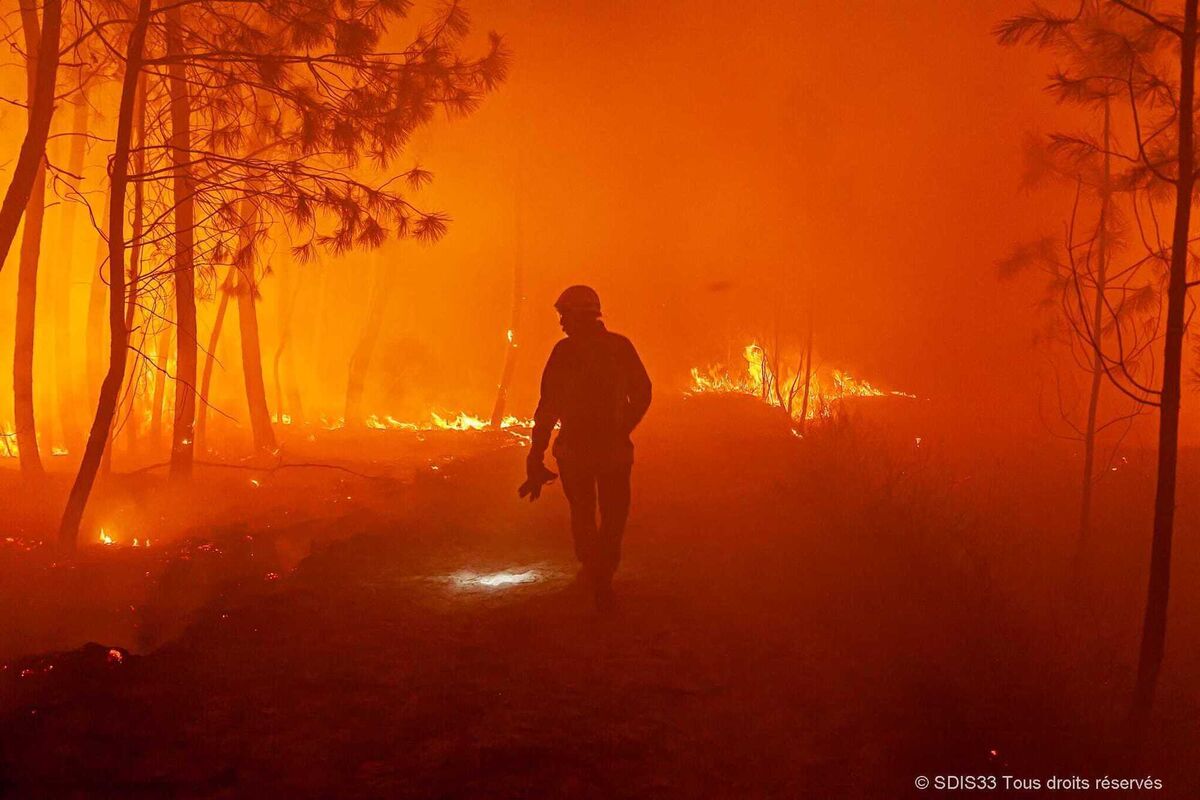El Niño will 'likely' fuel a spike in global temperatures this summer

The last eight years have been the hottest on record combined, with heatwaves shattering temperature records across Europe last summer.
Scientists are bracing for the return of the El Niño climate phenomenon this summer that will "likely to fuel another spike in global temperatures".
The northern hemisphere has experienced the third winter of the La Niña water cooling phenomenon, in a highly unusual "triple dip" situation.
Opposite to the warming El Niño pattern, La Niña refers to the large-scale cooling of the ocean surface temperatures in the central and eastern equatorial Pacific Ocean, coupled with changes in the tropical atmospheric circulation, namely winds, pressure, and rainfall.
El Niño, in contrast, refers to warming of the ocean surface, or above-average sea surface temperatures, in the central and eastern tropical Pacific Ocean.
Despite the presence of three La Niña cooling periods, the last eight years have been the hottest on record combined, with heatwaves shattering temperature records across Europe last summer.
The newest update from the World Meteorological Organisation (WMO) suggests El Niño will more than likely be back by August.
It said the chances of El Niño developing, while low in the first half of the year (15% in April-June), gradually increases to 35% in May-July.
Long-lead forecasts for June-August indicate a much higher chance (55%) of El Niño developing, the WMO said, but cautioned such predictions were subject to high uncertainty at this time of the year.
WMO secretary-general Prof Petteri Taalas said the return of El Niño was significant.

"The first triple-dip La Niña of the 21st century is finally coming to an end. La Niña’s cooling effect put a temporary brake on rising global temperatures, even though the past eight-year period was the warmest on record. If we do now enter an El Niño phase, this is likely to fuel another spike in global temperatures,” he said.
The WMO said while 2016 is currently the warmest on record because of the combination of El Niño and climate change, it predicts there is a 93% likelihood of at least one year until 2026 being the warmest on record.
There is also a 50:50 chance of the global temperature temporarily reaching 1.5C above the pre-industrial era, according to a study last year by the UK’s Met Office, the WMO’s lead centre for annual to decadal climate predictions.
According to the landmark Paris Agreement of 2015 signed by 193 countries and the EU, a temperature rise limit of 1.5C is the number that scientists say is needed to stave off the very worst climate-change fallout.
"The El Niño and La Niña phenomenon occurs naturally. But it is taking place against a background of human-induced climate change, which is increasing global temperatures, affecting seasonal rainfall patterns, and making our weather more extreme," the WMO said.
Check out the Irish Examiner's WEATHER CENTRE for regularly updated short and long range forecasts wherever you are.












